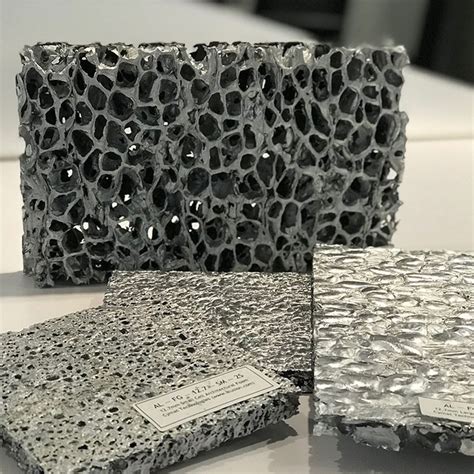The world of materials science is constantly evolving, and one of the most exciting developments in recent years is the rise of foam technology. Foam tech, as it's commonly known, refers to the creation and application of foam-based materials in various industries, from construction and aerospace to medical devices and consumer products. In this article, we'll delve into the world of foam tech, exploring its benefits, applications, and potential future developments.
Foam technology has been around for decades, but recent advancements have transformed it into a highly versatile and innovative material. From lightweight insulation to high-performance cushioning, foam tech is revolutionizing the way we design and build products. One of the key advantages of foam tech is its unique combination of properties, including low density, high strength, and excellent thermal insulation. These characteristics make it an ideal material for a wide range of applications, from energy-efficient buildings to advanced medical implants.

Benefits of Foam Technology
So, what makes foam tech so special? Here are just a few of the benefits that make it an attractive material for innovators and manufacturers:
- Lightweight: Foam tech is incredibly lightweight, making it ideal for applications where weight is a critical factor, such as in aerospace and automotive engineering.
- High strength: Despite its low density, foam tech is surprisingly strong and durable, capable of withstanding significant stresses and impacts.
- Excellent thermal insulation: Foam tech is a highly effective thermal insulator, making it perfect for applications where temperature control is critical, such as in refrigeration and HVAC systems.
- Customizable: Foam tech can be formulated to meet specific requirements, allowing manufacturers to tailor its properties to suit their needs.
Applications of Foam Technology
Foam tech is being used in a wide range of industries, from construction and aerospace to medical devices and consumer products. Here are just a few examples of its applications:
- Building insulation: Foam tech is being used to create energy-efficient buildings, reducing heat transfer and minimizing energy consumption.
- Aerospace engineering: Foam tech is being used in the development of lightweight aircraft and spacecraft components, reducing weight and increasing fuel efficiency.
- Medical devices: Foam tech is being used in the creation of advanced medical implants, such as hip and knee replacements, due to its biocompatibility and durability.
- Consumer products: Foam tech is being used in the development of innovative consumer products, such as advanced cushioning systems and ergonomic furniture.

The Future of Foam Technology
As foam tech continues to evolve, we can expect to see even more innovative applications and developments in the future. Some potential areas of research and development include:
- Sustainable foam tech: Researchers are exploring the use of sustainable materials and production methods to reduce the environmental impact of foam tech.
- Advanced foam structures: Scientists are developing new foam structures and architectures that can enhance its performance and functionality.
- Biodegradable foam tech: Researchers are working on creating biodegradable foam tech that can reduce waste and minimize environmental harm.

Challenges and Limitations
While foam tech is a highly versatile and innovative material, it's not without its challenges and limitations. Some of the key challenges facing the development of foam tech include:
- Scalability: Foam tech can be difficult to scale up for large-scale production, which can limit its adoption in certain industries.
- Cost: Foam tech can be more expensive than traditional materials, which can make it less competitive in certain markets.
- Regulatory frameworks: Foam tech is subject to various regulatory frameworks, which can vary depending on the industry and application.

Conclusion
Foam tech is a highly innovative and versatile material that's revolutionizing the way we design and build products. From energy-efficient buildings to advanced medical implants, foam tech is being used in a wide range of applications. While it's not without its challenges and limitations, the potential benefits of foam tech make it an exciting area of research and development. As we look to the future, it's clear that foam tech will continue to play a major role in shaping the world of materials science.






What is foam tech?
+Foam tech refers to the creation and application of foam-based materials in various industries.
What are the benefits of foam tech?
+Foam tech offers a range of benefits, including lightweight, high strength, excellent thermal insulation, and customizability.
What are some potential applications of foam tech?
+Foam tech is being used in a wide range of industries, from construction and aerospace to medical devices and consumer products.
